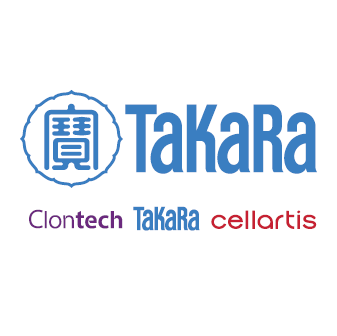Shield1
The Shield1 compound stabilizes a protein of interest tagged with the destabilization domain (DD), which is based on a mutated version of the FKBP protein. It is used to protect the DD fusion protein of interest from proteasomal degradation. The amount of Shield1 can be varied to tune the amount of stabilized protein of interest within the cell.
DD fusions exhibit predictable, dose-dependent protein stabilization by Shield1; using the DD optimal for your protein is crucial in getting the best performance

DD fusions exhibit predictable, dose-dependent protein stabilization by Shield1; using the DD optimal for your protein is crucial in getting the best performance. While DD-N (solid blue line) is suitable for N-terminal fusions and even C-terminal fusions for many proteins, DD-C (dashed blue line) is optimal for C-terminal fusions and for those proteins that do not tolerate N-terminal fusions. HEK 293 cells expressing the DD fusions noted in the figure legend were treated with varying concentrations of Shield1. 12 hr later, the amount of AcGPF1 stabilized by different concentrations of Shield1 was detected by fluorescence intensity using flow cytometry. DD-C at the C-terminus of AcGFP showed a lower basal level of protein in the absence of Shield1 (purple line; see inset figure). MFI = mean fluorescence intensity.
Structure of Shield1 stabilization ligand

Structure of Shield1 stabilization ligand.
Ligand-dependent, targeted and reversible protein stabilization

Ligand-dependent, targeted and reversible protein stabilization. A small destabilization domain (DD; blue) is fused to a target protein of interest. The small membrane-permeable ligand Shield1 (red) binds to the DD and protects it from proteasomal degradation. Removal of Shield1 however, causes rapid degradation of the entire fusion protein. The default pathway for the ProteoTuner systems is degradation of the fusion protein unless Shield1 is present.
Protein stabilty controlled using the ProteoTuner shield system

Protein stabilty controlled using the ProteoTuner shield system. DsRed-Express was cloned into pRetroX-PTuner IRES and used to infect HeLa cells. The amount of DD-tagged DsRed-Express stabilized by different concentrations of Shield1 was detected via Western blot using the Living Colors DsRed Polyclonal Antibody. Lane 1: molecular weight marker. Lane 2: 1X loading buffer. Lane 3: untreated HeLa cells (no virus, no Shield1). Lane 4: HeLa cells infected with the DD-DsRed Express construct; no Shield1. Lanes 5–8: HeLa cells infected with the DD-DsRed-Express construct and treated with 50, 250, 500, and 1,000 nM Shield1 respectively. Lane 9: 1X loading buffer. Lane 10: HEK 293 DsRed-Express stable cell line.
Shield1. Cat. # 632189

Shield1. Cat. # 632189.


